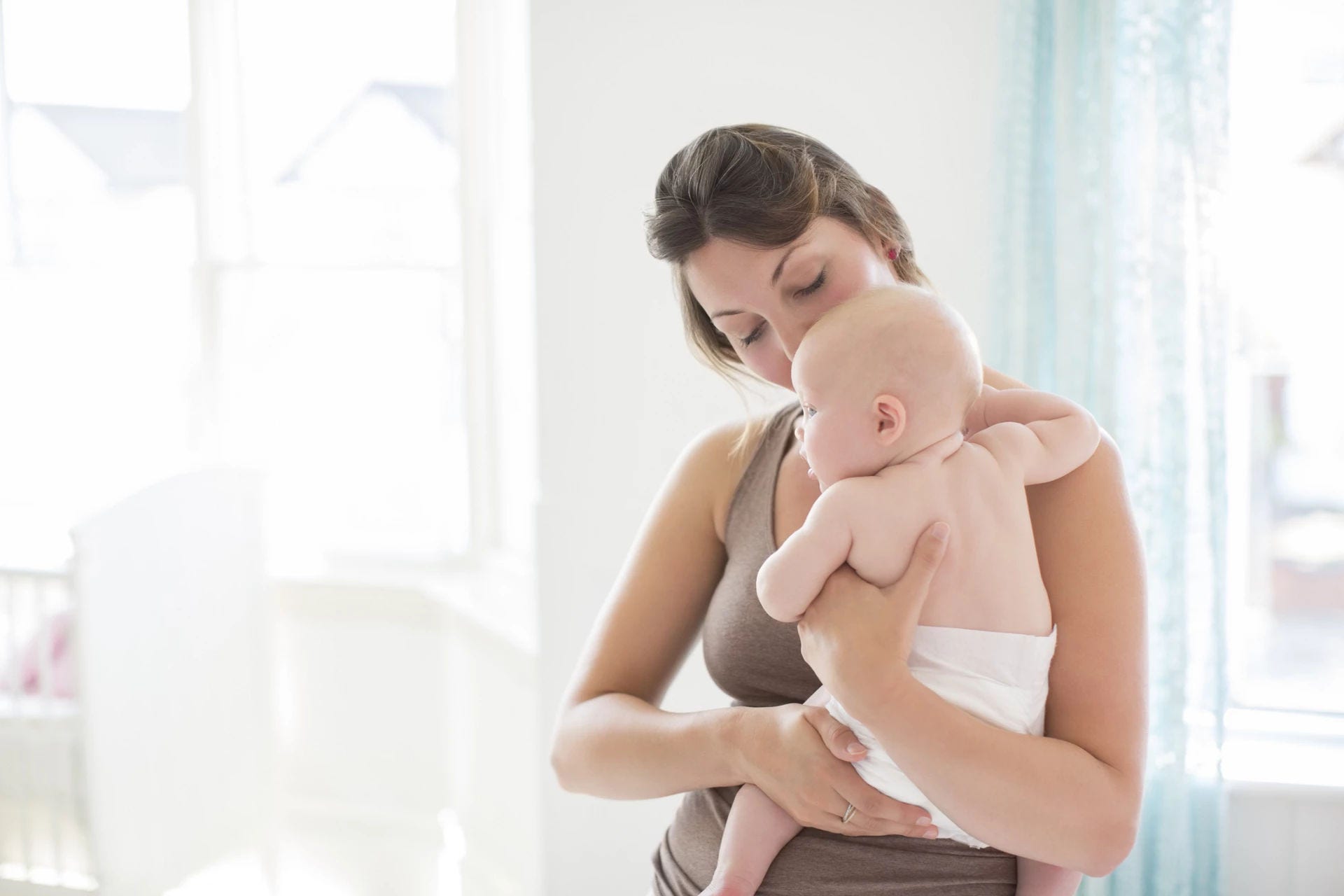Baby poo. Once you become a parent, it’s hard to remember a time when your baby’s toilet habits weren’t such an important topic of conversation. But the fact of the matter is, you’ll find yourself talking about poo. A lot.
With an average of 1820 nappy changes in your baby’s first year, you’re going to become very familiar with your baby’s pooing habits. And that’s a good thing, because you’ll be able to notice if there’s anything unusual.
Baby poo raises a lot of questions, such as how often should babies poo? What are the different types of poos? And why is my baby’s poo green?
All babies are different, so what’s ‘normal’ for your baby isn’t necessarily the same for another baby.
Let’s take a look at what to expect when it comes to the colour, frequency and volume of that all important baby poo. Take a look at our handy baby poo chart to get started!


?ts=1758700316081&dpr=off)







